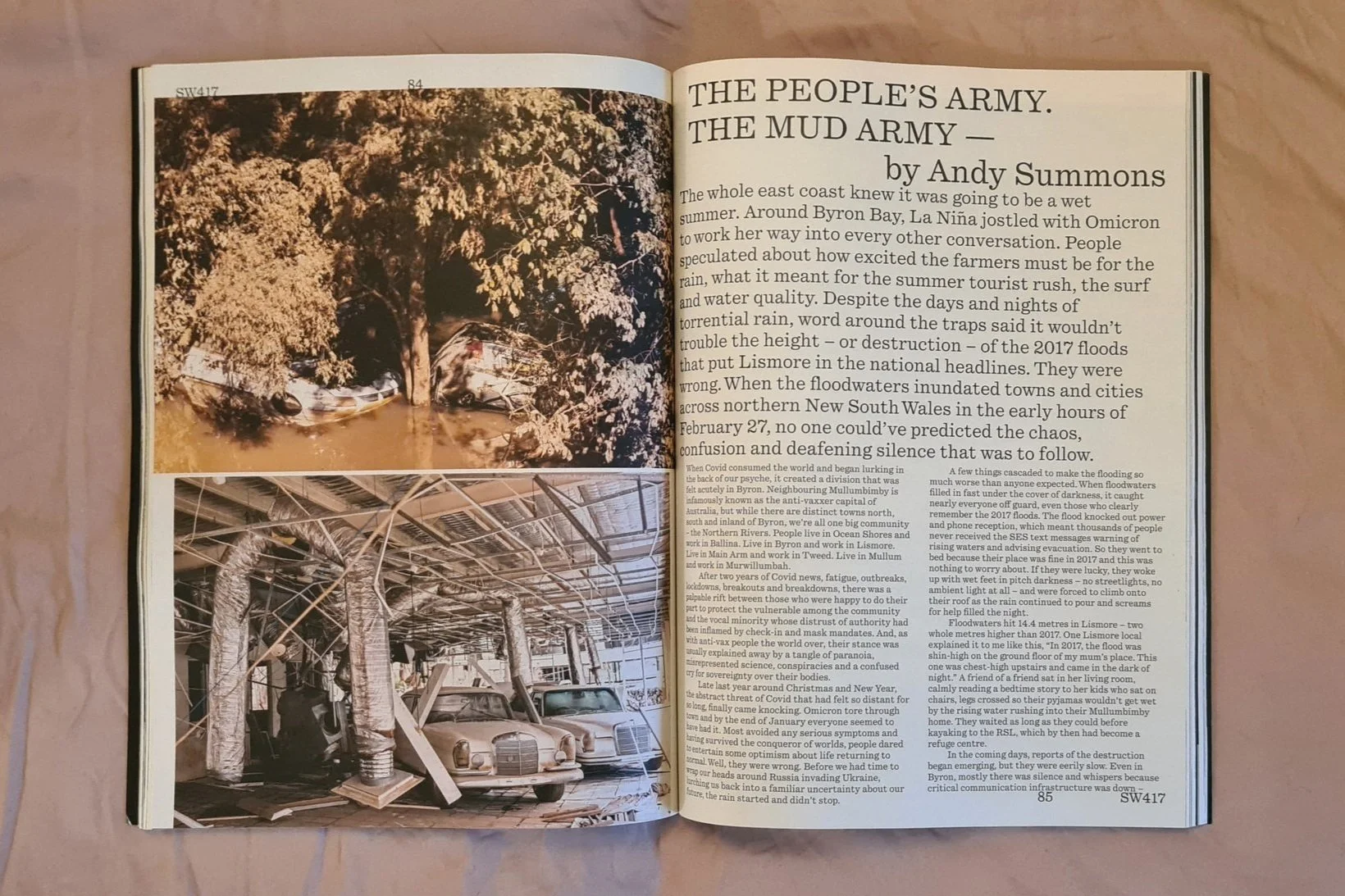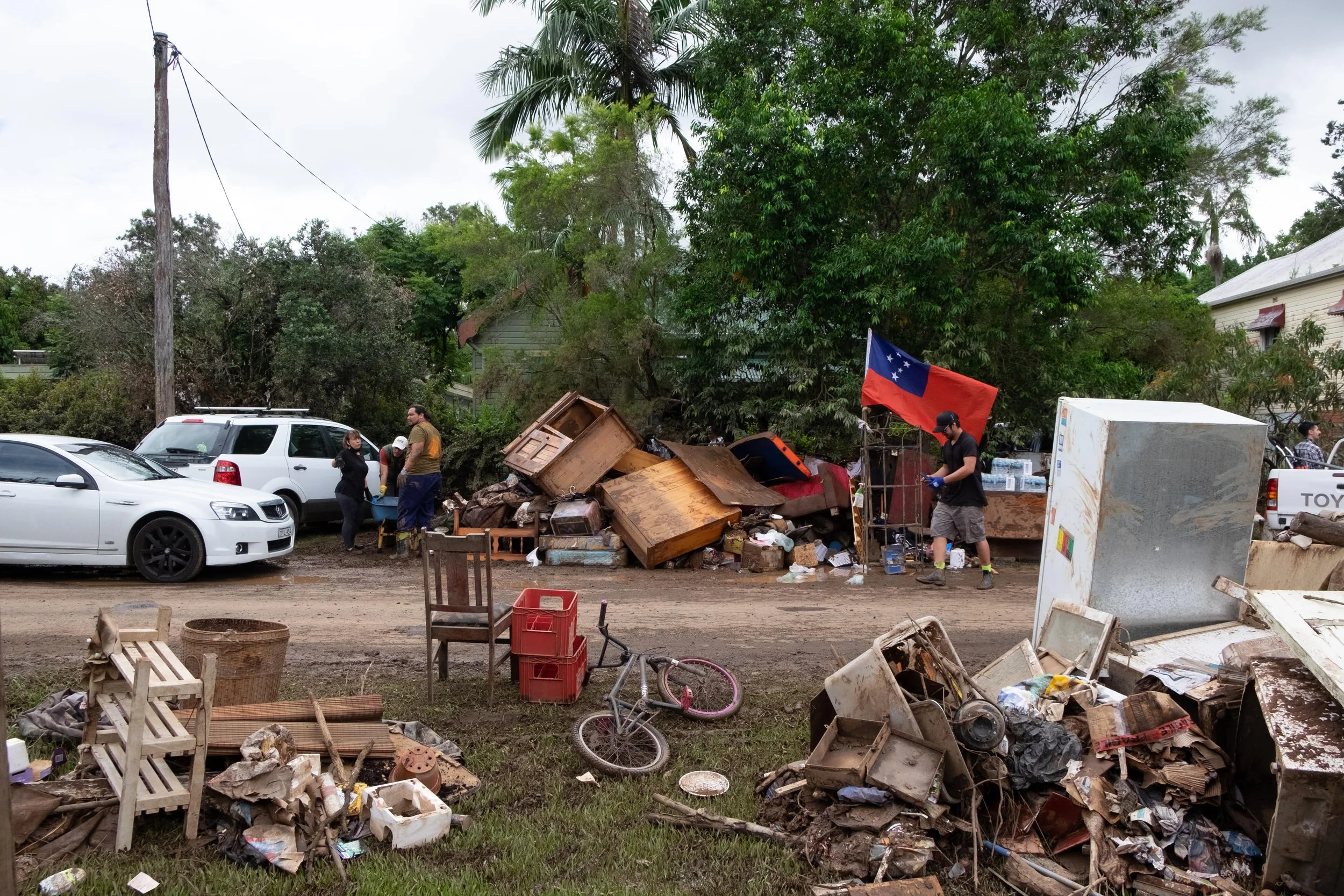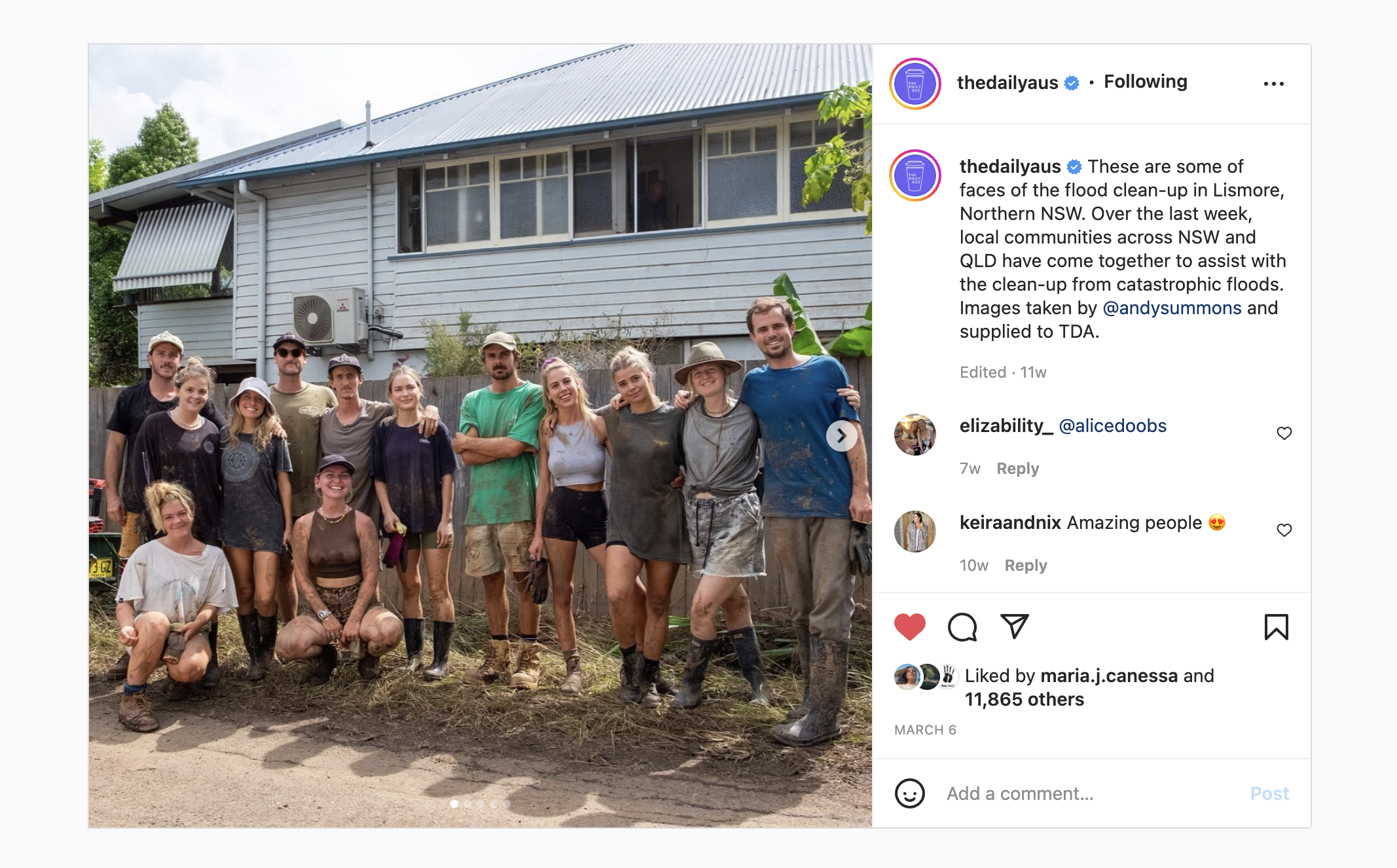My first Surfing World feature article
Find my article on page 85 alongside images from Carly Sare, Jason Childs, Cassandra Scott-Finn, Natalie Grono and some of mine.
I have a 12-page spread in Surfing World 417, which is on sale now at all good book stores and newsagents. Or buy it online. You can also now read it online here.
A few things made the Februrary 28th floods across the Northern Rivers worse than anyone expected. When floodwaters filled in fast under the cover of darkness, it caught nearly everyone off guard, even those who clearly remember the 2017 floods. The flood knocked out power and phone reception, which meant thousands of people never received the State Emergency Services text messages warning of rising waters and advising evacuation. So they went to bed because their place was fine in 2017 and this was nothing to worry about. If they were lucky, they woke up with wet feet in pitch darkness – no streetlights, no ambient light at all – and were forced to climb onto their roof as the rain continued to pour and screams for help filled the night.
It took days for word to get out about what was happening in flood-affected areas. While roads in and out were still underwater or destroyed, desperate pleas for help began appearing on community Facebook groups and personal posts. Then, the first shocking images of Lismore’s roads under 14 metres of floodwater, cars replaced by tinnies ferrying people to higher ground. Interstate mates asked how we were doing, said they hadn’t seen anything in the media. I assume media coverage was slow because there was no way in or out and with no power or phone coverage, people couldn’t even call 000.
A mate, Simon, messaged me and said he had a spare seat heading to Lismore to help some people. On the drive in, there were signs of just how bad the flooding was. Fenceslines covered in debris, milo brown mud painting a highwater mark impossibly high across forests, houses and hillsides and closer to Lismore, a fridge lodged four metres up a gum tree. When we first drove into Lismore, I couldn’t understand what I was seeing. It looked like a war zone. Absolutely everything was brown, and every street we drove past was lined on both sides by huge piles of rubble. Not rubble… the sum total of people’s lives. And if a house hadn’t spewed its contents onto the street, it meant the owners hadn’t been back yet.
The first house we went to was a two-storey Queenslander on stilts owned by Simon’s mates. They’d bought it and moved in six months earlier. The high water mark was a foot below the gutter. Everything they owned, everything they’d just moved in had to be dragged out and piled in the street. The walls they’d just finished painting a few days earlier would have to be ripped out and replaced and one day painted all over again. We pulled a dining table out of a tree in their backyard, it wasn’t theirs. Three hardwood planter boxes weighing over a hundred kilos each were lifted up over four-metre tall bamboo and later found 50 meters down the street in someone’s front yard. Similar stories of destruction and loss repeated for thousands of people who lost their homes, and loved ones across the Northern Rivers region.
After my first day in the mud I decided to take my camera to try and document what was happening. Seeing anyone who was able get out and help those in need made me think about what more I could do to help. In those first couple of weeks, most people were in the early stages of recovery and the best way to help was picking up a shovel, a hose, a mop, one end of water-logged mattresses, couches, fridges – simple manual labour. I wanted to do more so I reached out to some media. The Daily Aus shared some of my images of the helpers on the ground and in the mud and helped spread awareness. Then I got a call back from Sean Doherty, editor and owner of Surfing World. He was keen to hear what it was like on the ground and said he’d run something in issue 417 of Surfing World.
And that’s how I got my first story in Surfing World – a 12-page spread about the worst floods in 152 years of records, the lack of government response, and the overwhelming community response. One of my photos runs alongside Sean’s article The Lucky Country… Running Out of Luck too.









A lesson in perseverance and packing more cameras.